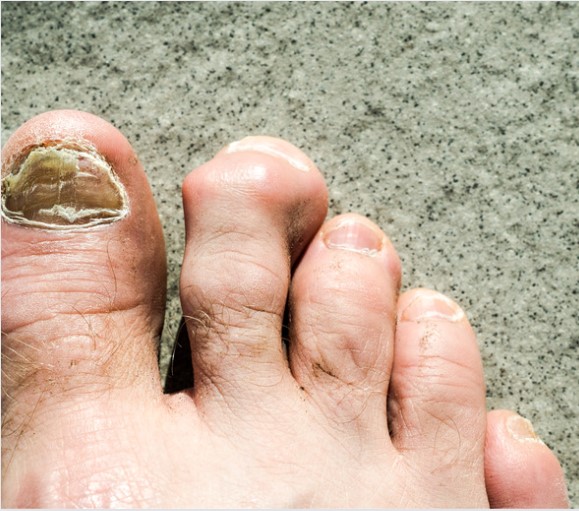Is Surgery Necessary for a Hammertoe Deformity?

Your second, third, and fourth toes are typically affected by hammertoe, a very common deformity of your forefoot. In the absence of treatment, this condition will progress.
When you have a hammertoe, your middle joint bends downward abnormally, causing the tip of your toe to point downward instead of straight out. Your toe starts to look like a hammer's head.
We have treated many cases of hammertoe at the All-In-One Foot Care Center. We'll take a look at hammertoe treatment in detail.
When is surgery the best treatment option for you? What you need to know.

Hammertoes: What you need to know
How do hammertoes develop? Shoes that don't fit properly are often the source of the problem. Your toes can bend if the shoe's toe area is too narrow for your feet. When your toes are forced forward against the front of the shoe, high heels can also cause similar problems.
You are more likely to develop hammertoes if you have another underlying podiatry condition, such as inflammatory arthritis. Additionally, genetic factors can increase your risk of hammertoes. Due to the way, bunions push your big toe into your second toe, they can also cause hammertoes.
Symptoms of hammertoe discomfort
As a result of this bent and constricted position for your toes, your foot muscles shorten over time and without treatment.
Having trouble straightening your toe might be your first symptom. There can also be pain associated with hammertoes. When you move the toe, you might feel discomfort on the top or base of the bent toe, or in the ball of the affected foot.
A hammertoe often causes painful corns because the top of the bent toe rubs against your shoes repeatedly. You may also experience foot discomfort as a result of calluses related to hammertoes.

Treatment without surgery
Early treatment can increase your chances of success with non-surgical treatments.
The following treatments may be effective if you are still able to flex your toe:
- Realigning the toe with a splint or tape
- Irritation-preventive shoe padding
- Reduce inflammation and relieve pain with corticosteroid injections or topical medications
- Stretching exercises for the affected toe muscles
- Restoring muscle balance and relieving pressure with custom orthotics
- You should also switch to shoes with a larger toe box and low heels.
The need for hammertoe surgery
Hammertoe typically gets worse without early treatment. It may be necessary to undergo surgery to relieve the permanent contracture if the toe becomes rigid. The pain associated with your hammertoe may require surgery.
If your toe is crooked, you may require surgery to release your tendon or remove some bone. All-In-One Foot Care Center evaluates your condition and recommends the right hammertoe surgery.
Talk to our experienced podiatrists today. You can contact our office at 949-588-8833 , or visit our website at https://www.ocfootdoctor.com/ Our offices are located in Laguna Hills, Irvine, Mission Viejo, Aliso Viejo, Lake Forest, Foothill Ranch, and Costa Mesa.


